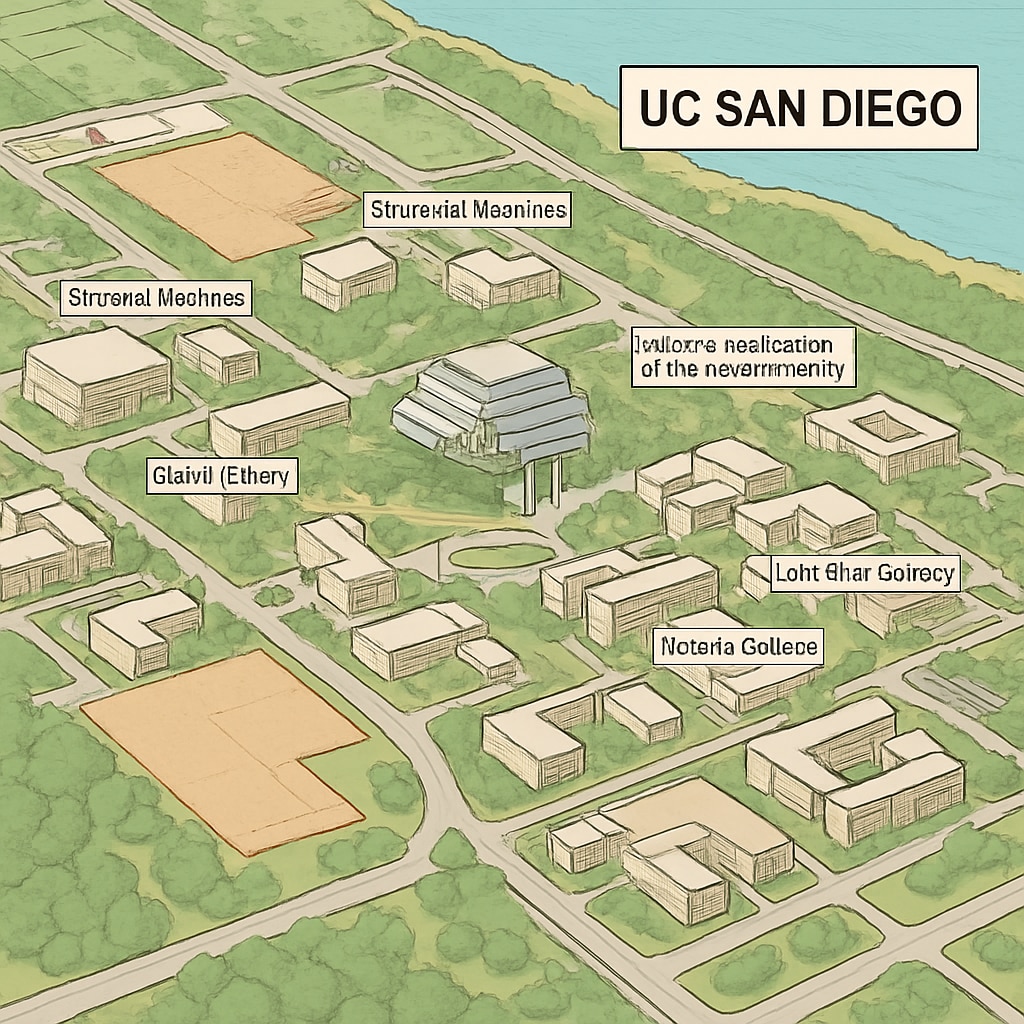UC San Diego (UCSD) is embarking on a transformative journey with its ambitious student expansion plan, aiming to increase enrollment to 56,000 students by 2040. This decision, recently approved by the University of California Board of Regents, stands to redefine the landscape of higher education in California. However, the implications of this growth reach far beyond the university itself, creating a profound ripple effect on the K12 education system, which will need to adapt and evolve to meet the demands of an increasingly competitive academic environment.
How UC San Diego’s Expansion Reshapes Higher Education
UC San Diego’s strategic decision to dramatically increase its student body reflects the growing demand for accessible, high-quality higher education in California. By 2040, the university plans to accommodate 56,000 students, a significant jump from its current enrollment of approximately 42,000. This expansion aims to address the state’s growing population and workforce needs, particularly in STEM (science, technology, engineering, and mathematics) fields, where UCSD already excels.
One of the key components of this growth plan includes infrastructure development. New residential halls, academic buildings, and research facilities are in the pipeline to support this surge in student numbers. Additionally, the university is expected to increase its faculty and staff, ensuring that academic standards remain uncompromised. As a result, UC San Diego is solidifying its position as a global leader in research and innovation.

The Ripple Effect on K12 Education
The decision to expand UC San Diego’s enrollment has significant implications for the K12 education system. As the university prepares to welcome larger cohorts of students, K12 schools will face increased pressure to prepare students who are not only academically qualified but also equipped with the skills needed to thrive in a rapidly evolving academic and professional landscape.
Here are some of the key challenges and opportunities for K12 education:
- Increased Academic Competition: With more students vying for admission to UCSD and other top-tier universities, K12 schools may need to enhance their academic rigor and provide advanced placement (AP) courses, dual enrollment programs, and extracurricular activities that align with university expectations.
- Focus on STEM Education: Given UCSD’s emphasis on STEM fields, K12 schools may see an increased demand for STEM-focused curricula, including robotics clubs, coding classes, and partnerships with local tech companies.
- Equity Challenges: The expansion could exacerbate existing inequities in the K12 system, as underfunded schools may struggle to provide the resources needed to prepare students for competitive university admissions.
- Career Readiness Programs: The growth of UCSD’s student body also presents an opportunity for K12 schools to strengthen career readiness programs, ensuring that students who do not pursue a traditional college path still have access to rewarding careers.

Collaborative Efforts Between UCSD and K12 Schools
To mitigate the challenges and capitalize on the opportunities presented by this expansion, collaboration between UC San Diego and local K12 schools will be essential. Initiatives such as outreach programs, summer camps, and mentorship opportunities can bridge the gap between secondary and higher education.
For example, UCSD could expand its existing outreach programs like the California Subject Matter Project, which supports K12 teachers in enhancing their subject expertise. Additionally, creating more pathways for underrepresented students to access university resources could help address equity issues. By working together, UCSD and K12 schools can create a seamless pipeline that benefits students at all levels of education.
Conclusion: A Transformative Opportunity
UC San Diego’s ambitious expansion plan is more than just a numbers game; it represents a transformative opportunity for California’s education system. While the university will undoubtedly face challenges in scaling its infrastructure and maintaining academic excellence, the broader impact on K12 education cannot be overlooked. By addressing these challenges collaboratively, UCSD and K12 schools can create a more equitable and innovative education system that prepares students for the future.
As UC San Diego grows, it will not only shape the future of higher education but also inspire new approaches to K12 education, ensuring that California remains a leader in academic excellence and innovation.
Readability guidance: This article uses short paragraphs, lists to summarize key points, and transitions to ensure clarity. The passive voice is minimal, and technical terms are explained for broader accessibility.


